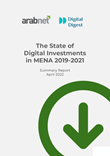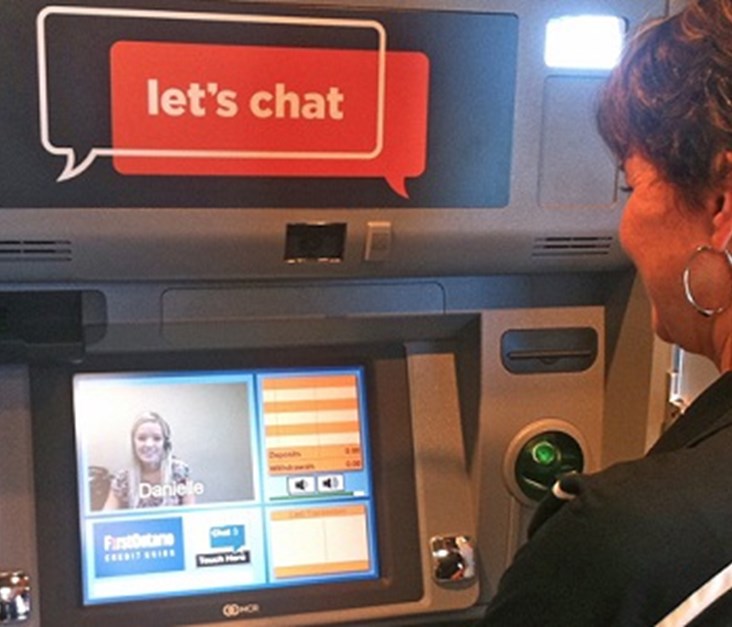
This article first appeared on www.kippreport.com
In the past two decades, the UAE has earned a reputation for embracing change, and with a genuine drive by its government to position the country as a leader in innovation, we are already seeing the birth of next-gen Smart Cities. With ambitious plans to leverage the Emirates ID, a ubiquitous mobile wallet, and its state-of-the-art 4G infrastructure, the UAE is well poised to achieving its objective of making Expo 2020 an event that showcases life in the 21st century.
Unsurprisingly, the UAE’s financial sector is already making solid headway in achieving this goal. In 2015 the digital banking trend is not only set to continue, but will accelerate, as local banks look to invest in innovation and keep up with those that have a first-mover advantage. IDC recently estimated that MEA IT spend in 2015 will surpass $270 billion. With this in mind, the top UAE retail banking trends and predictions for 2015 will be:
Digital branch transformation and Virtual Banking
Physical distribution and branch banking in the UAE continues to be a critical element in the success of onboarding new customers and fostering increased engagement to improve customer experience and loyalty. The challenge recognised by most banks is that transaction cost per teller is on a steep incline, and there is a need to justify the branch network investment. Subsequently, they will look to change the dynamics of the branch visit such that it becomes one of an advisory role. Streamlining the KYC and onboarding process, brand awareness and strengthening the relationship with customers will drive physical distribution ROI. Throughout 2015 it is likely that your local bank branch will be digitised, provide more self-service facilities and offer far broader access to specialised advice from investment to savings.
Digital distribution and thinking ‘Mobile First’ design
As the mobile phone continues to drive everyday banking and convenience, increasing consumer demands combined with continued competition from outside the industry will drive a new mindset of ‘Mobile First’ design. Traditionally banks have never considered ‘design’ to be as important as product offering, but increasingly they have become aware that the user experience, or ‘UX’ is as important as a dedicated relationship manager in how the bank’s customer service is perceived. Banks will look to develop mobile phone-compatible solutions to streamline the onboarding process and ensure that customers (or potential customers) are able to initiate their relationship with a bank by using their mobile phone FIRST.
Building customer engagement with contextual advice, customer analytics and big data adoption
The big data and analytics market will reach $125bn worldwide in 2015, according to IDC. While the amount of use cases in banking for big data adoption increases day by day, there are three key areas, which are likely to see a tangible impact in 2015. Internally, ‘security’ will become more effective and banks are far more likely to predict and detect fraudulent behaviour through the intelligent use of big data analytics. On the consumer side, storytelling will be the hot new job in analytics with data scientists and business intelligence teams set to play pivotal roles as retail executives seek to use their skills to improve customer everyday engagement and targeted marketing. Finally, two of the most omnipresent trends for the year will be the elevated use of consumer insight for the delivery of an enhanced customer experience and the continued evolution of electronic channels and associated digital services.
Banking simplification and rich media marketing will blossom
A trend that has really started over the past two years, and is set to explode in 2015, is banking simplification. Nowadays banks are far more likely to succeed in selling their products and increasing cross-sell with existing customers if they simplify the language of their product brochures and make them free of banking jargon.
Social media in banking has been slow off the mark, but 2015 will be a critical year in developing this area to create brand advocacy. Given that the most consumed media on the internet today is video, it is also likely that banks will ramp up their use of this media to build a catalogue of product and service videos, how-tos and practical advice for their customers.
E-commerce, mobile and P2P payments will gain significant traction
In the UAE digital payments already enjoys early success and – with the support of the government, its central bank and the UAE Banking Federation (UBF) – it is only set to go mainstream in 2015. In the UAE, we have already seen the likes of Beam Wallet, Mashreq’s TAPnGO, ENBDs MePAY and NBAD’s Arrow making headway into the payments and remittance space. Tech-savvy consumers in the Emirates are increasingly becoming aware of services offered abroad like P2P payments via Facebook and ApplePAY in the US. With the runaway success of solutions, such as Barclays’ Pingit in the UK and Kaching in Australia, the expat community in the UAE will be looking for similair utilities from their local banks.
Conclusion
The fact is that digital disruption is reinventing financial services – nobody is challenging this opinion. Most of the disruption or small fintech startups/niche organisations are unlikely to make a real dent in the market share of leading UAE banks in 2015. While this might alleviate some of the fear felt by retail banking executives, the more important danger is that banks lose the close connection with their customers and its associated insight grinds to a halt. For this reason, 2015 will see significant change and investment by UAE banks as they seek to embrace digital banking and look to compete as disruptors in their own competitive markets. The key to their success in doing so, will be to engage with new technology companies that understand the changing dynamics of the retail banking market and can provide practical advice and hands-on execution of the new digital banking model.
More Articles by David Horton:
Two Ways Video Is Set to Transform Retail Banking
SMART Is the New “e”: How to Avoid the Mistakes of the 2000s
Latest Business
Intelligence Report













